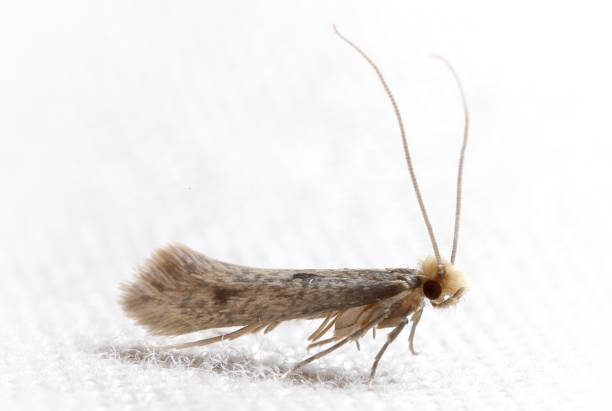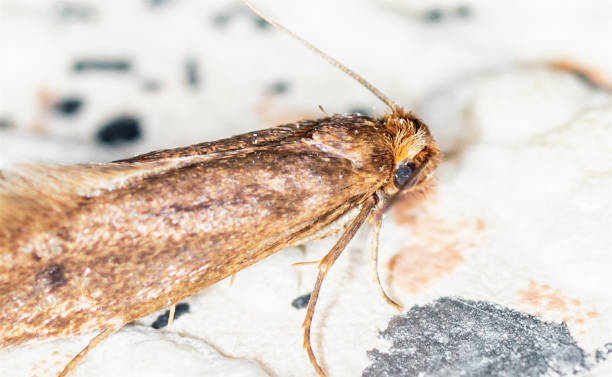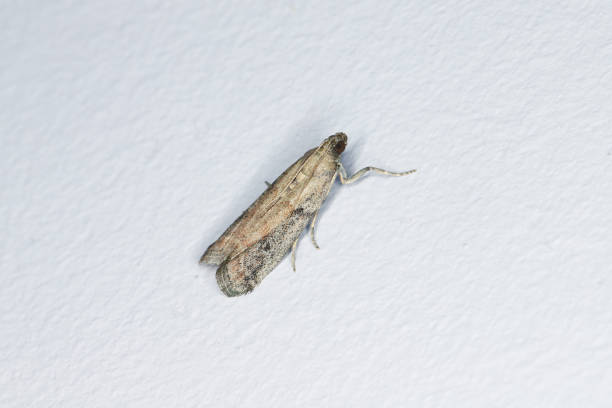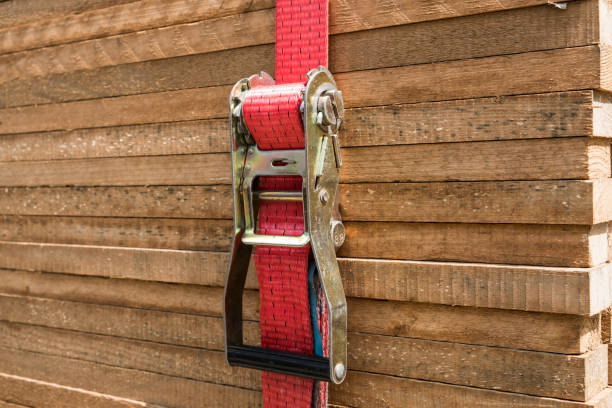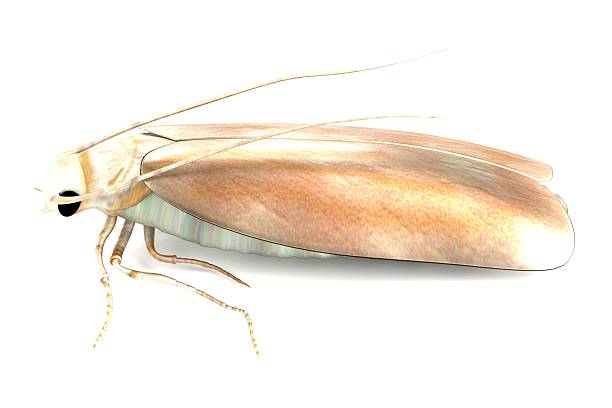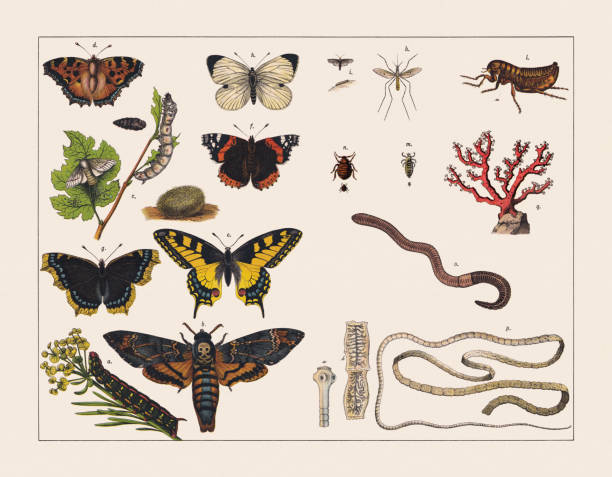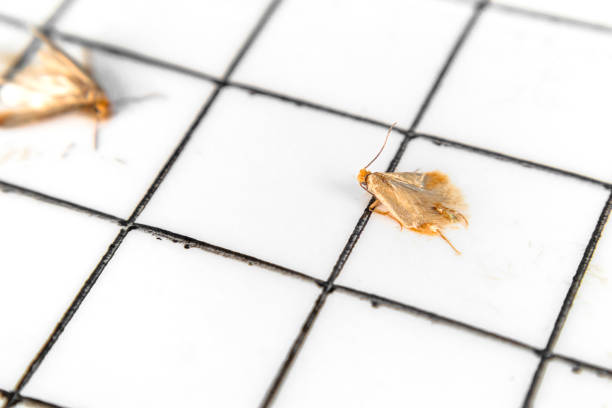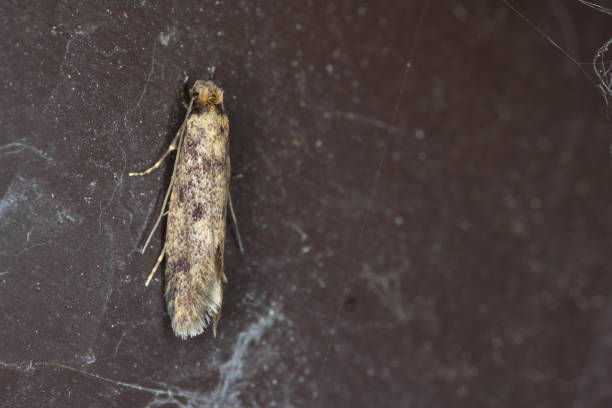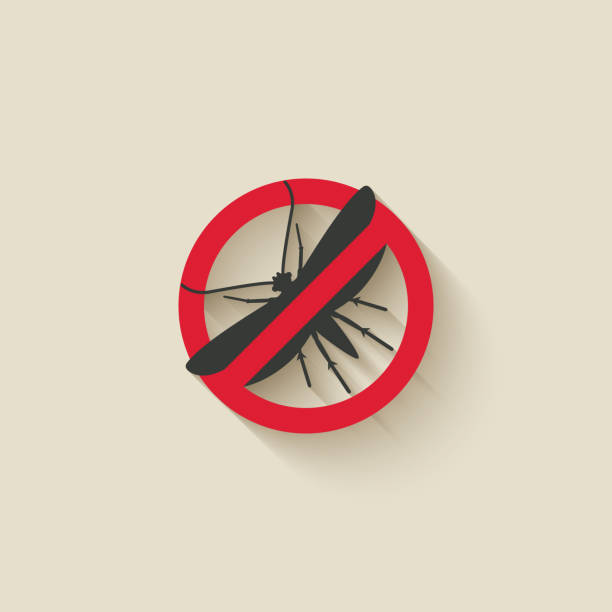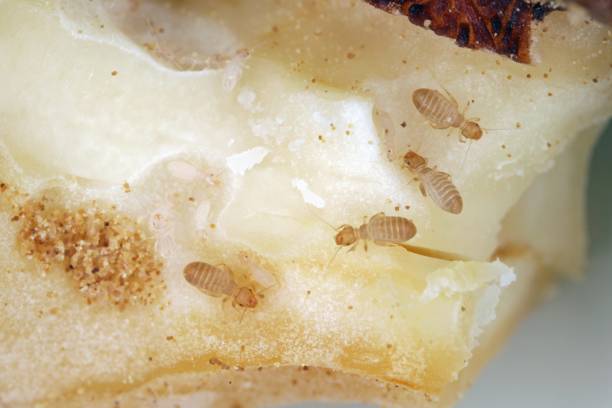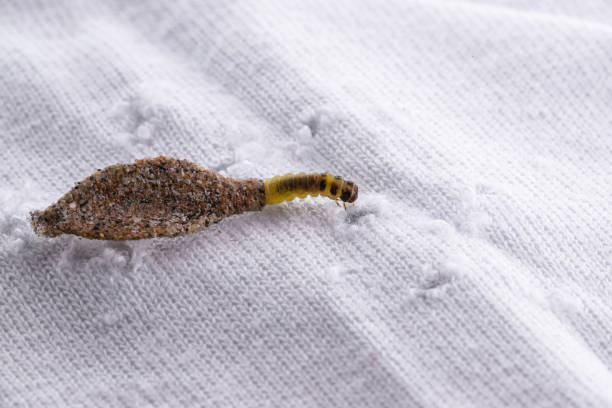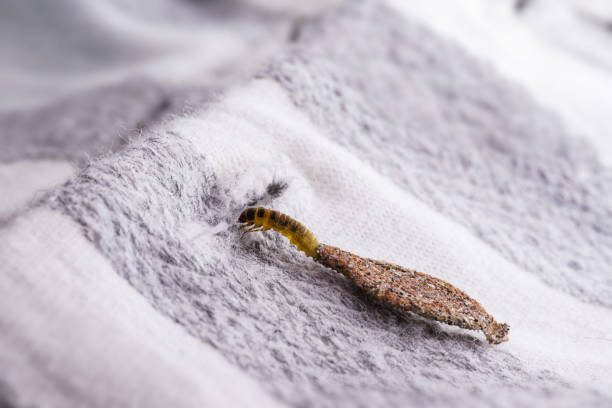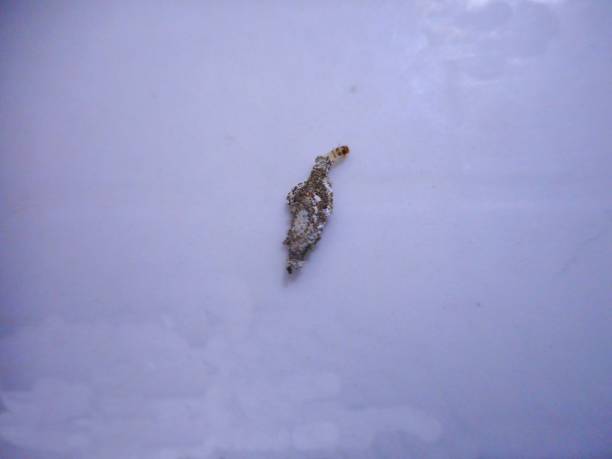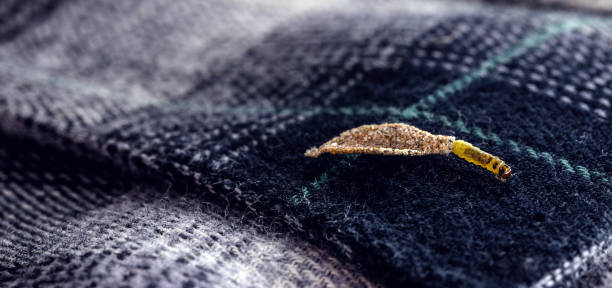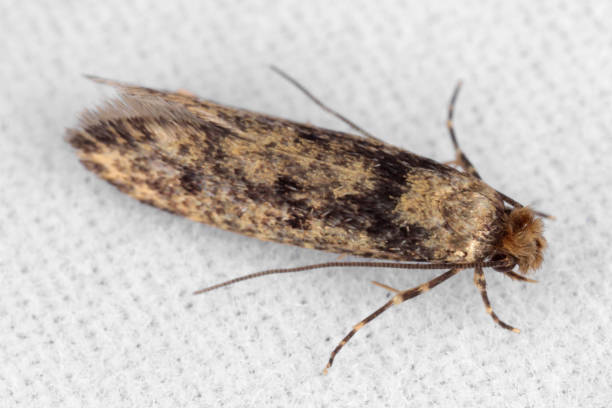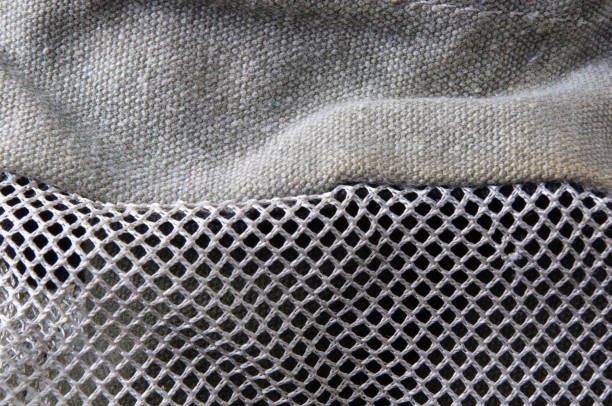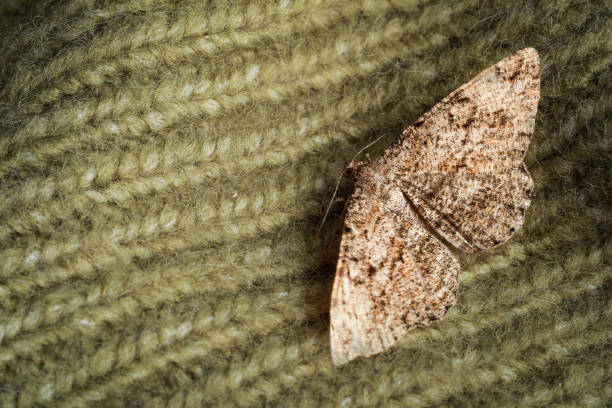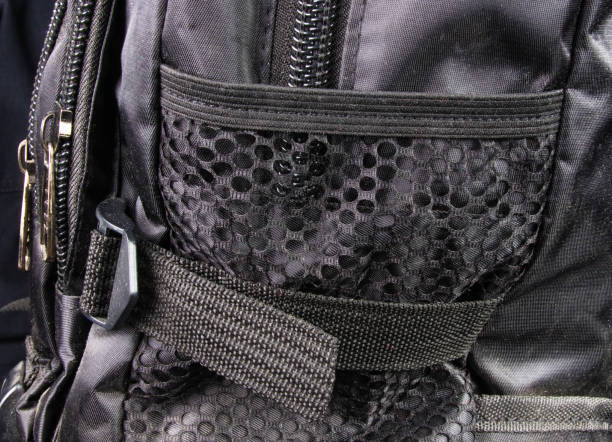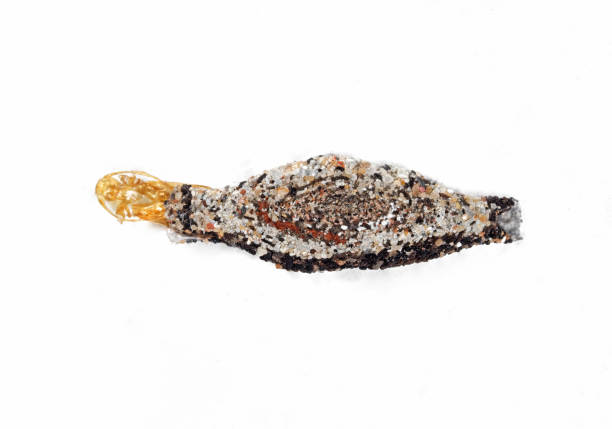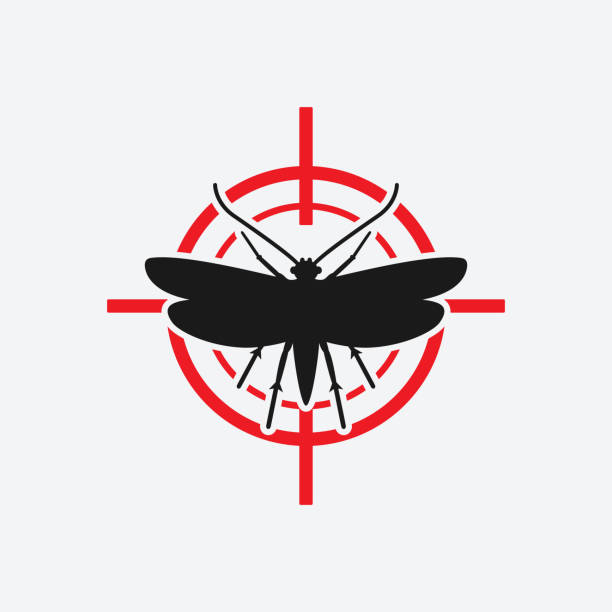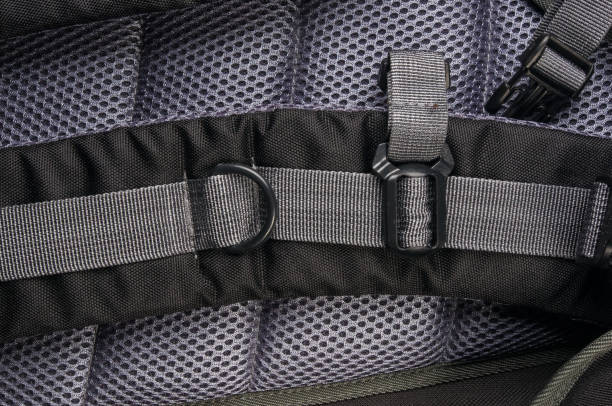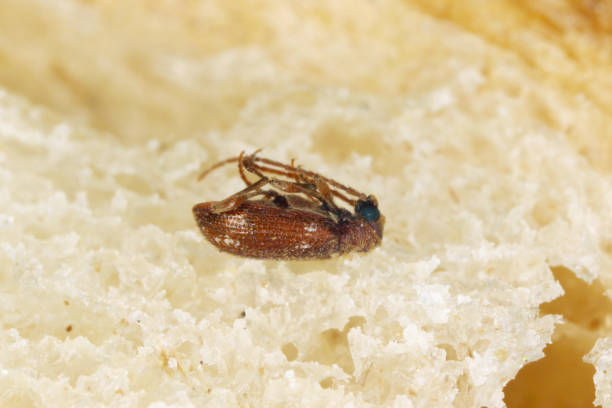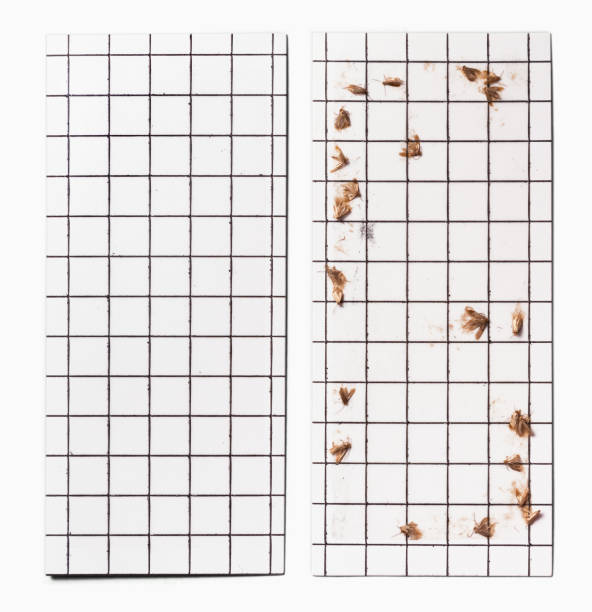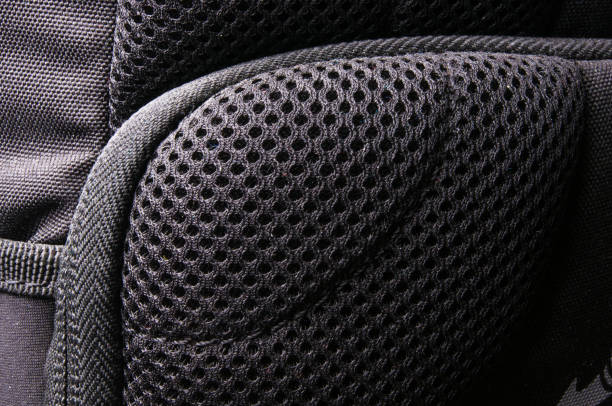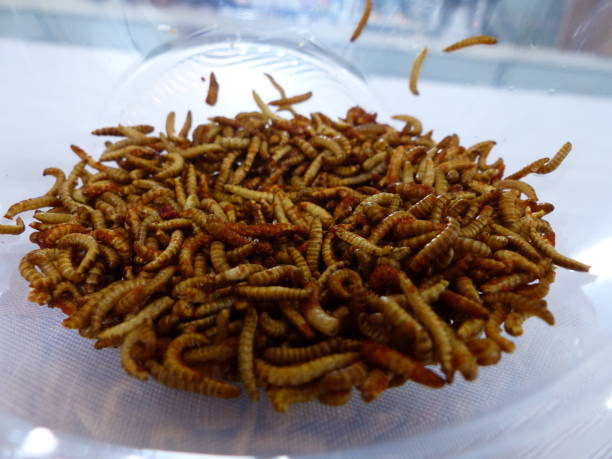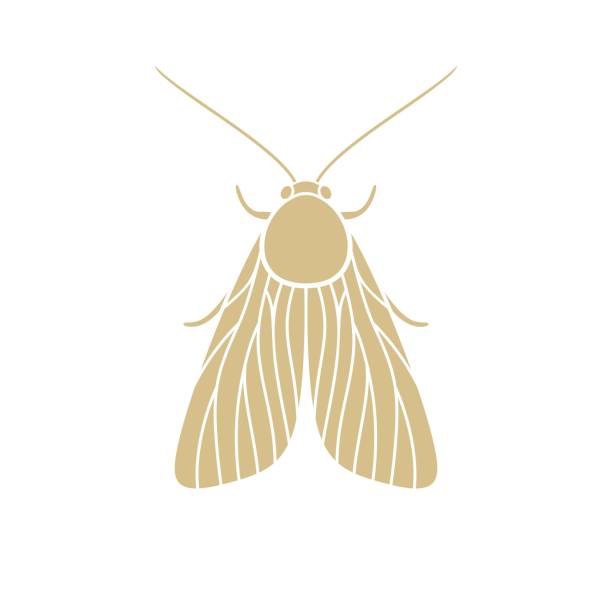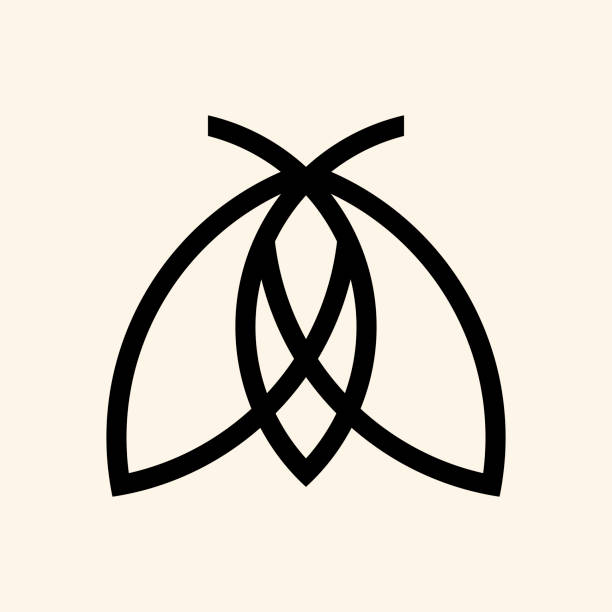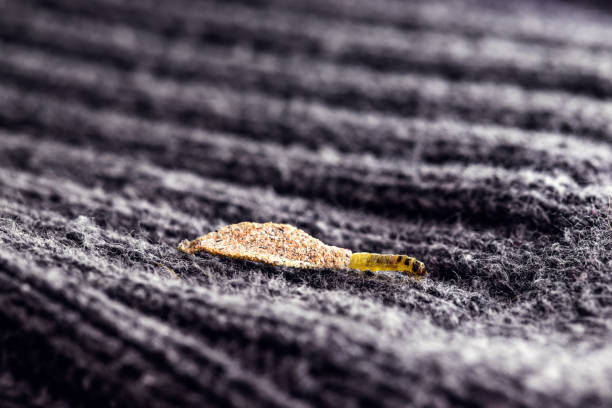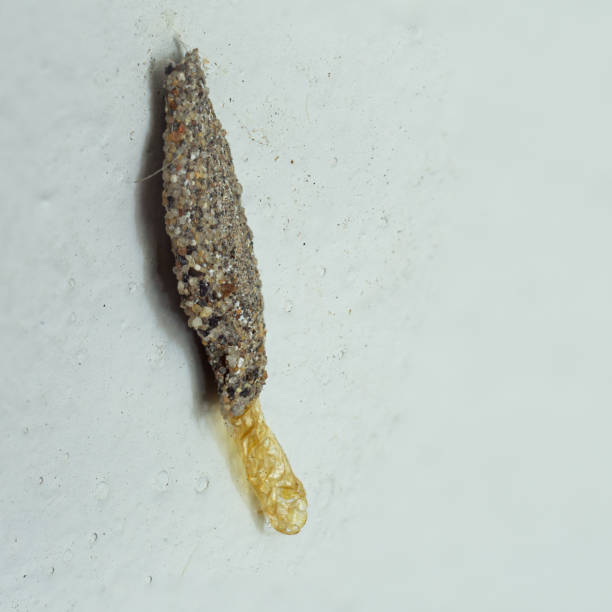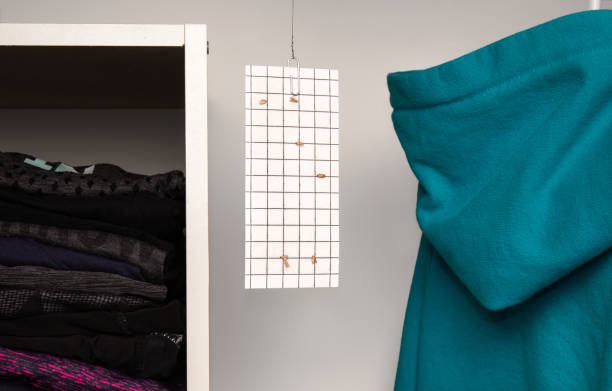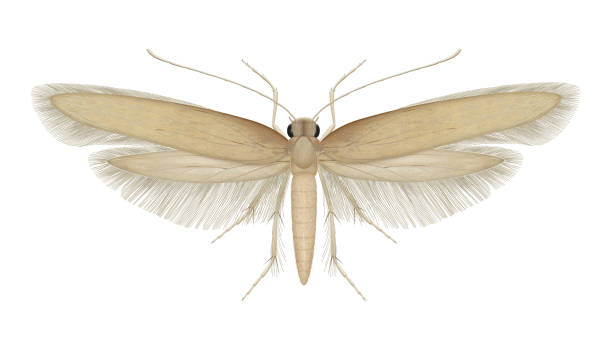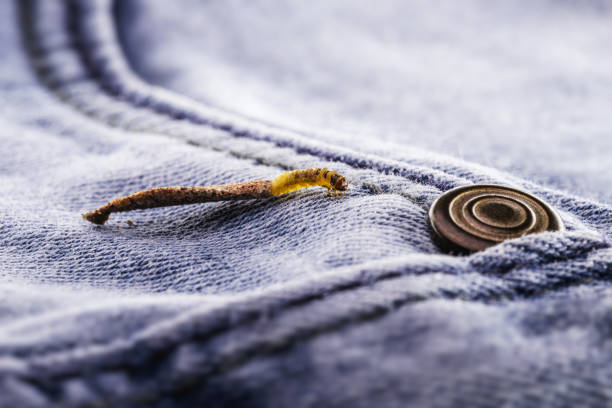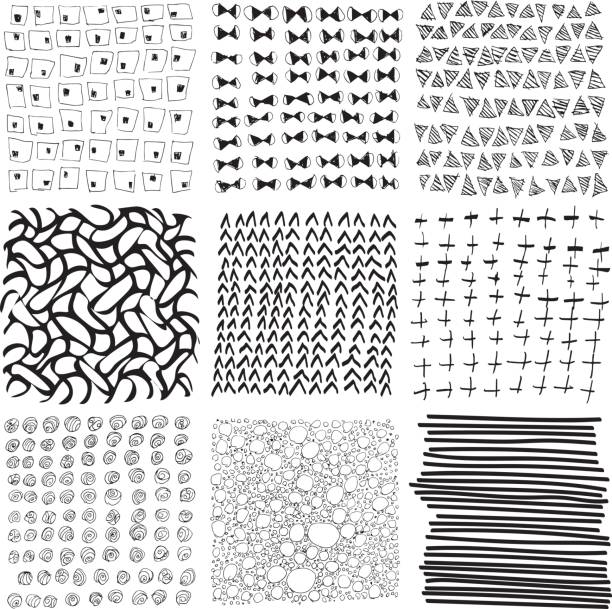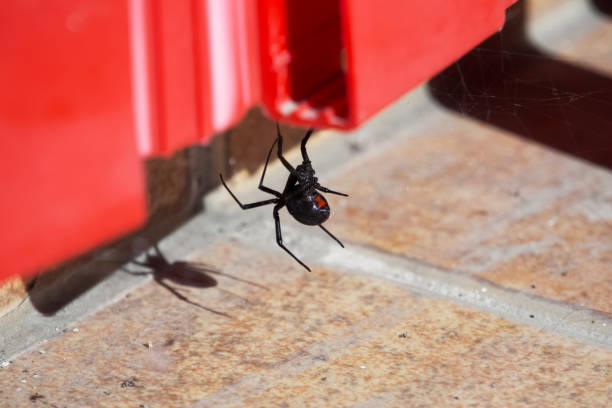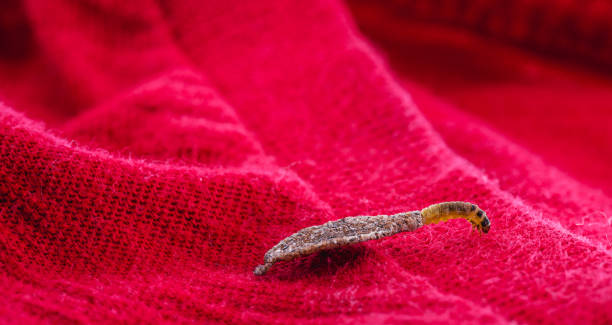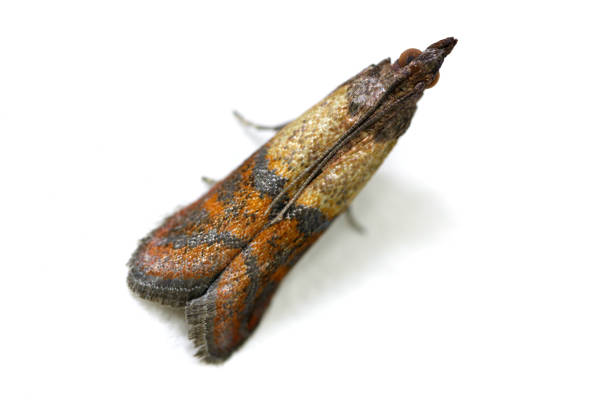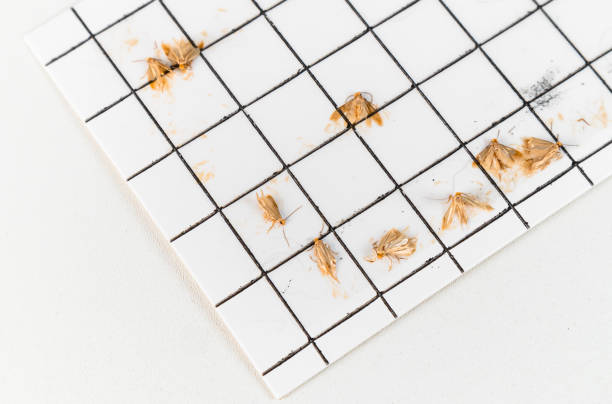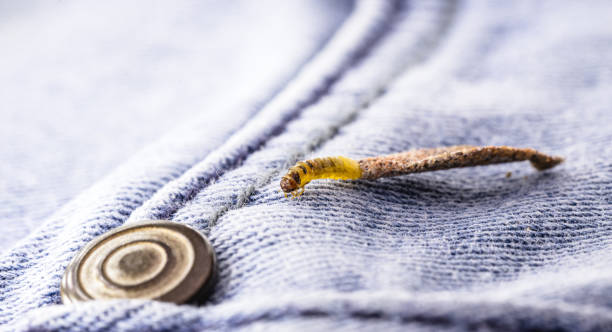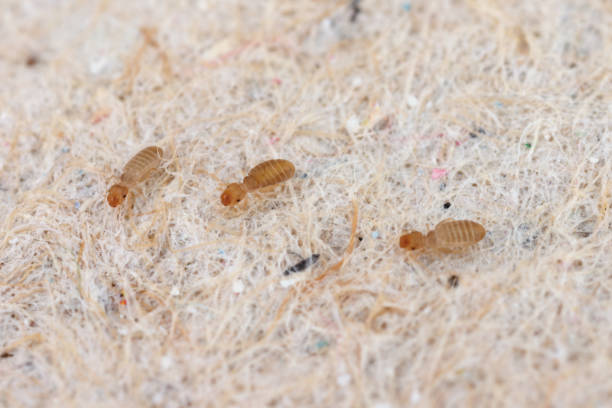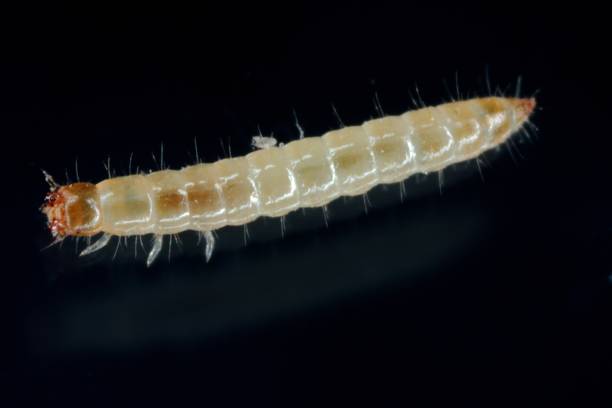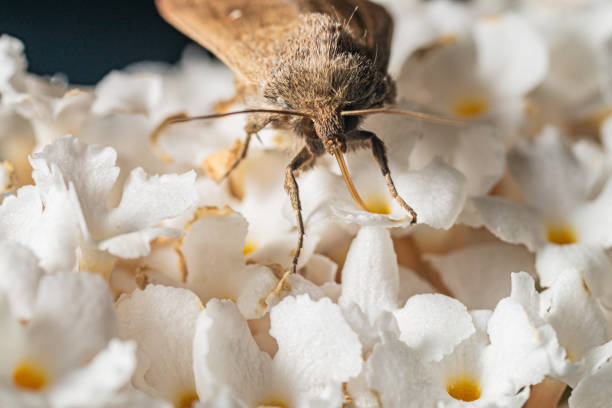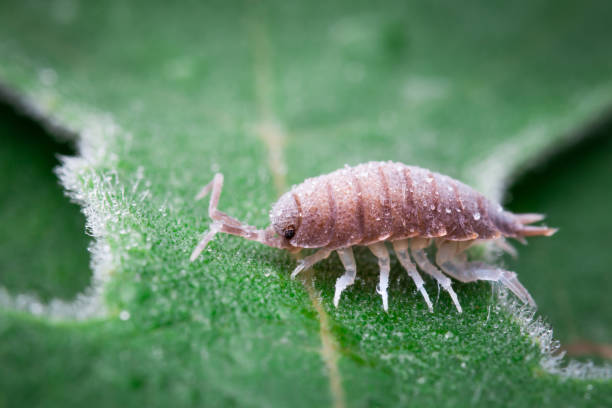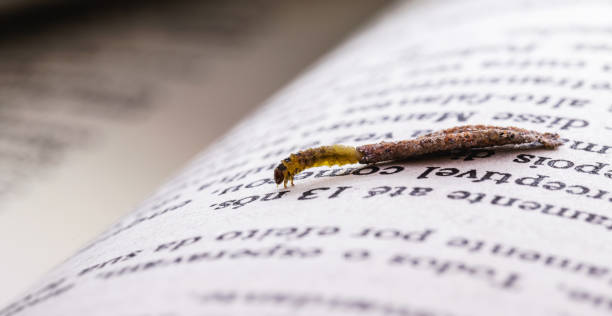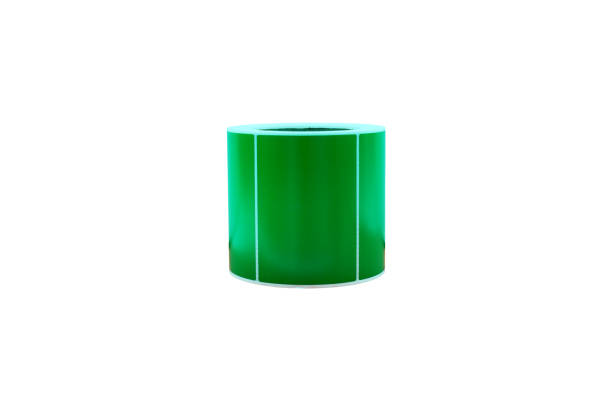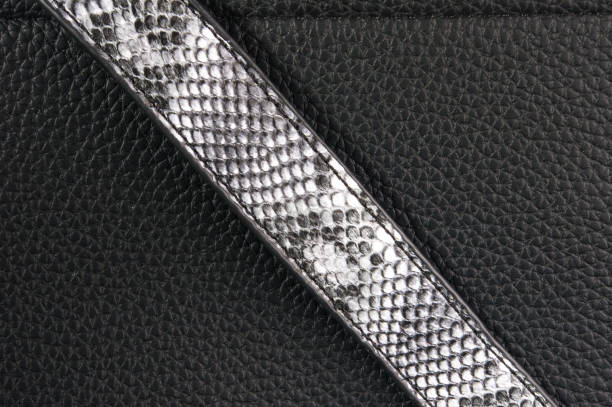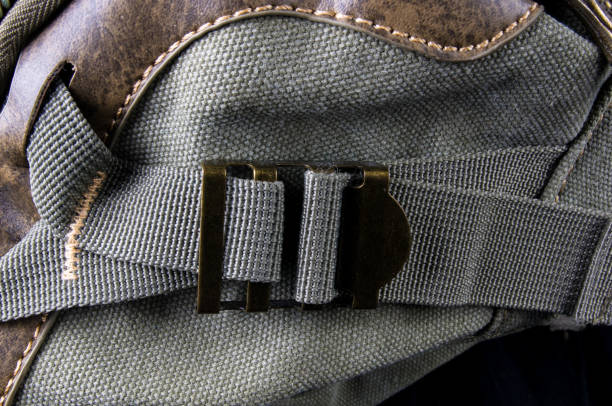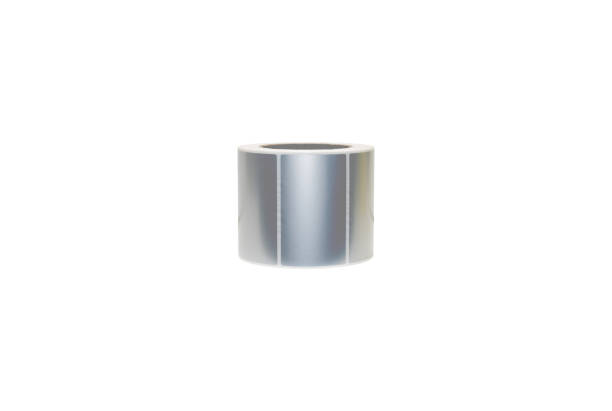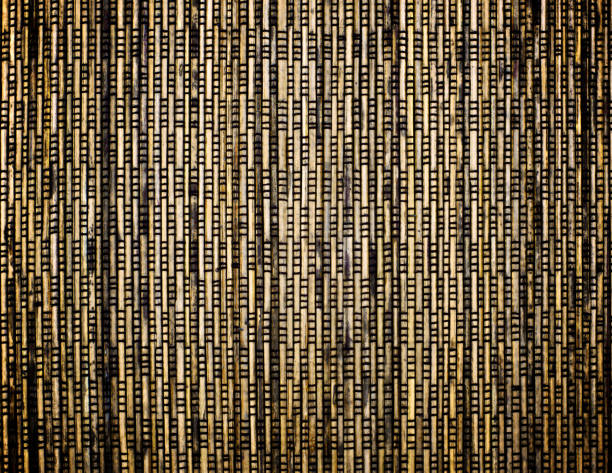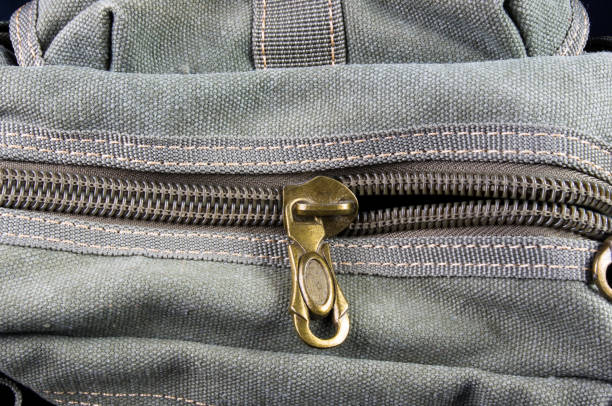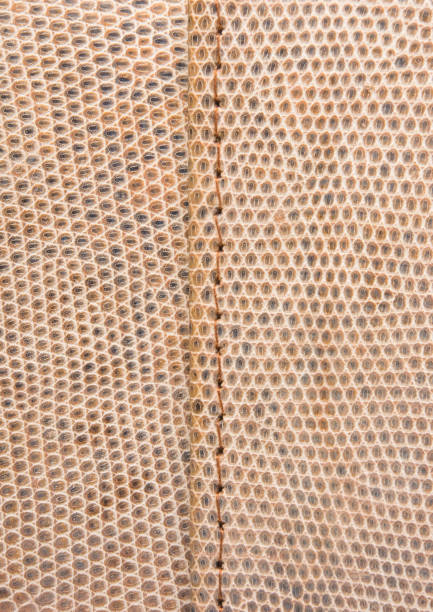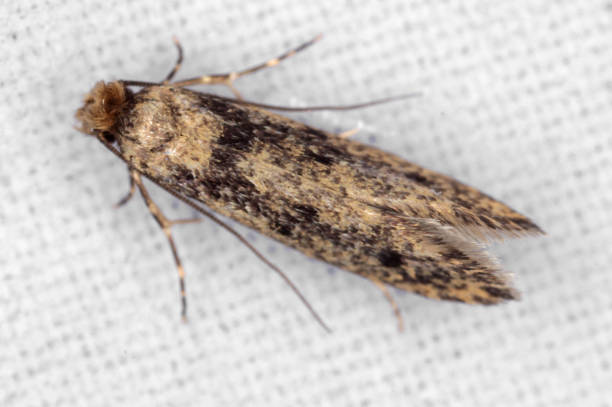
Tineola Pictures, Images and Stock Photos
Browse 420+ tineola stock photos and images available, or search for tineola bisselliella or moth to find more great stock photos and pictures.

The brown-dotted clothes moth (Niditinea fuscella) is a species of tineoid moth. It belongs to the fungus moth family (Tineidae), and therein to the nominate subfamily Tineinae. It is (under its junior synonym Tinea fuscipunctella) the type species of its genus Niditinea. It is widespread and common in much of western Eurasia (except for outlying islands, e.g. Iceland, and cold regions such as the far north of Scotland), but has also been introduced elsewhere (e.g. Australia). The adult moths are on the wing around May to September, depending on the location; they are not fond of bright daylight and will only come out in the late afternoon. Adults of this small moth have a wingspan of 14 mm. They are of a rather dull coloration, with brown-grey forewings that bear three large blackish-brown dots each. The hindwings are a silvery white; they are surrounded by a long-haired fringe, as usual for fungus moths and relatives. The body is dull brown, and the head bears a tuft of reddish-brown hair. The caterpillars feed on dry animal and plant remains. Despite the species' common name, they are rarely recorded as a pest of clothing. Though they will eat discarded wool and similar fabrics, they are more commonly found in bird nests – particularly of chicken (Gallus gallus domesticus), domestic pigeon (Columba livia domestica), swallows (Hirundinidae) and woodpeckers (Picidae) –, where they feed on shed feathers and feces. Less usual foodstuffs of this species are dry peas and dried fruit, bran, dry rose flowers, the dead beetles in mealworm (Tenebrio molitor) cultures and even pigskin bookbindings.
Profile view of a small brown and gray moth with long antennae and a stylish hairdo. Caught in a light trap in San Diego County, Califirnia, USA
Tinea pellionella, the case-bearing clothes moth, super macro photo.
red ratchet strap fixing wood boards / wooden planks / stacked tables
Clothes moth (Tineola bisselliella) with closed wings isolated on white backround
Various invertebrates (insects, worms, corals): a) Caterpillar of the Spurge hawk-moth (Hyles euphorbiae); b) African death's-head hawkmoth (Acherontia atropos); c) Silkworm (Bombyx mori) with pupa, butterfly and cocoon; d) Small tortoiseshell (Aglais urticae); e) Old World swallowtail (Papilio machaon); f) Red admiral (Vanessa atalanta); g) Mourning cloak, or camberwell beauty (Nymphalis antiopa); h) Large white (Pieris brassicae); i) Clothing moth with caterpillar (Tineola bisselliella); k) House mosquito (Culex pipiens); l) Human flea (Pulex irritans); m) Head louse (Pediculus humanus capitis); n) Bedbug (Cimex lectularius); o) Lob worm (Lumbricus terrestris); p) Pork tapeworm (Taenia solium) with head (a) and segments (b); q) Precious coral, or red coral (Corallium rubrum). Chromolithograph, published in 1891.
Close-up of clothes moth or webbing clothes moth (Tineola bisselliella). The non-toxic sticky trap attracts male moths with pheromones.
red ratchet strap fixing wood boards / wooden planks / stacked tables
clothes moth icon insect pest. vector illustration - eps 10
animalia insecta family Tineidae insect clothes moth - tineola bisselliella
The brown-dotted clothes moth (Niditinea fuscella) is a species of tineoid moth. It belongs to the fungus moth family (Tineidae), and therein to the nominate subfamily Tineinae. It is (under its junior synonym Tinea fuscipunctella) the type species of its genus Niditinea. It is widespread and common in much of western Eurasia (except for outlying islands, e.g. Iceland, and cold regions such as the far north of Scotland), but has also been introduced elsewhere (e.g. Australia). The adult moths are on the wing around May to September, depending on the location; they are not fond of bright daylight and will only come out in the late afternoon. Adults of this small moth have a wingspan of 14 mm. They are of a rather dull coloration, with brown-grey forewings that bear three large blackish-brown dots each. The hindwings are a silvery white; they are surrounded by a long-haired fringe, as usual for fungus moths and relatives. The body is dull brown, and the head bears a tuft of reddish-brown hair. The caterpillars feed on dry animal and plant remains. Despite the species' common name, they are rarely recorded as a pest of clothing. Though they will eat discarded wool and similar fabrics, they are more commonly found in bird nests – particularly of chicken (Gallus gallus domesticus), domestic pigeon (Columba livia domestica), swallows (Hirundinidae) and woodpeckers (Picidae) –, where they feed on shed feathers and feces. Less usual foodstuffs of this species are dry peas and dried fruit, bran, dry rose flowers, the dead beetles in mealworm (Tenebrio molitor) cultures and even pigskin bookbindings.
closeup of buckles, clasps, zippers, pockets, fasteners, fittings and seams in the brown backpack
Man Hand writing Tutoring with black marker on visual screen. Isolated on white. Business, technology, internet concept. Stock Image
closeup of buckles, clasps, zippers, pockets, fasteners, fittings and seams in the black backpack
Macro Photography of Case Bearing Clothes Moth Cocoon on White Background
A moth sits on a white flower and drinks nectar
clothes moth icon red target. vector illustration - eps 8
closeup of buckles, clasps, zippers, pockets, fasteners, fittings and seams in the black backpack
Ptinus fur, the whitemarked spider beetle, is a species of spider beetle in the genus Ptinus (family Ptinidae), with a nearly cosmopolitan distribution. Adults are morphologically similar to other spider beetle species, notably the hairy spider beetle (Ptinus villiger). It is red-brown in colour with yellow hairs, and measures 2.0–4.3 millimetres (0.08–0.17 in) in length. The prothorax is densely covered with pale hairs, while the elytra bear some patches of white scales. t is a pest of stored foods, with a worldwide distribution, where it may be identified through leaving webbed, granular materials on the stored products. Ptinus fur adults feed on dried and decaying animal and vegetable material. It has also been identified as a pest in museums, damaging stored collections. It has been found in the nests of birds, notably the Sand Martin. The optimum temperature for rapid development of Ptinus fur is about 23 °C, at which temperature it completes its development in a mean period of 132 days. Larvae of P. fur normally moult three times at 23°Cm but some have an extra moult. Well defined diapause as mature larvae in cocoons occurs at low temperatures in some individuals of Ptinus fur: at 23 °C this lasts about 220 days after normal larvae have pupated; at 20 °C the period lasts about 280 days. The adult beetles live for several months.
Clothes moth or webbing clothes moth (Tineola bisselliella). The non-toxic sticky trap attracts male moths with pheromones.
closeup of breathable mesh fabric, buckles, clasps, zippers, pockets, fasteners, fittings and seams in the black photo backpack
Edible and dried flour chamois in a transparent container
Vector EPS10
Linear minimal vector icon.
A tubular case of casemaking clothes moth, pests that can destroy fabric and other materials, hang on cement wall in house
Pest control prevention. Clothes moth or webbing clothes moth (Tineola bisselliella). The non-toxic sticky trap attracts male moths with pheromones.
Tineola bisselliella, known as the common clothes moth, webbing clothes moth, or simply clothing moth, is a species of fungus moth (family Tineidae, subfamily Tineinae)
Nine hand drawn doodle patterns for vector use
A black widow, with its characteristic shiny black colors and red hourglass-shaped patch, awaits its prey in its web
Close up of dead deadly moth isolated on white background
The Indianmeal moth (Plodia interpunctella), also spelled as Indian meal moth and Indian-meal moth, is a pyraloid moth of the family Pyralidae. Alternative common names are weevil moth, pantry moth, flour moth or grain moth. The almond moth (Cadra cautella) and the raisin moth (Cadra figulilella) are commonly confused with the Indian-meal moth due to similar food sources and appearance. The species was named after being noted for feeding on Indian-meal or cornmeal and it does not occur natively in India as the aberrant usage of Indian meal moth would suggest. It is also not to be confused with the Mediterranean flour moth (Ephestia kuehniella), another common pest of stored grains.
Close-up of clothes moth or webbing clothes moth (Tineola bisselliella). The non-toxic sticky trap attracts male moths with pheromones.
A moth sits on a white flower and drinks nectar
Logo for shirts. Climber abstract bright background.
closeup of buckles, clasps, zippers, pockets, fasteners, fittings and seams on the black hand bag
closeup of buckles, clasps, zippers, pockets, fasteners, fittings and seams on the hand bag of coarse cotton fabric
Background of Brown, Yellow and Beige Wicker Straw Mat closeup
closeup of buckles, clasps, zippers, pockets, fasteners, fittings and seams on the red lacquer hand bag
closeup of buckles, clasps, zippers, pockets, fasteners, fittings and seams on the hand bag of coarse cotton fabric
close up of buckles, clasps, zippers, pockets, fasteners, fittings and seams on the brown hand bag
closeup of buckles, clasps, zippers, pockets, fasteners, fittings and seams in the black backpack
closeup of buckles, clasps, zippers, pockets, fasteners, fittings and seams on the red lacquer hand bag
